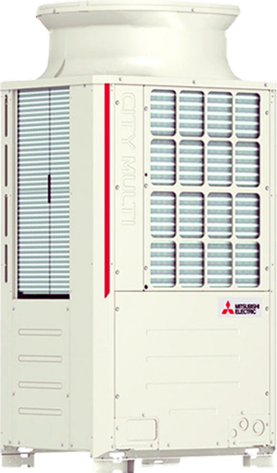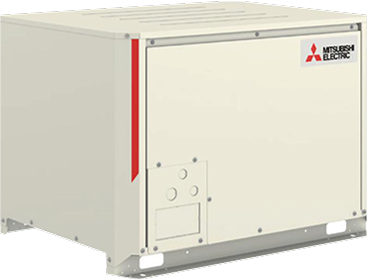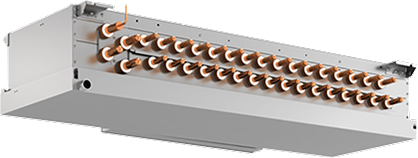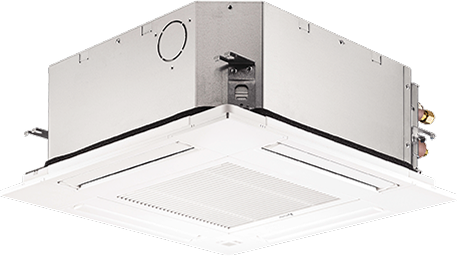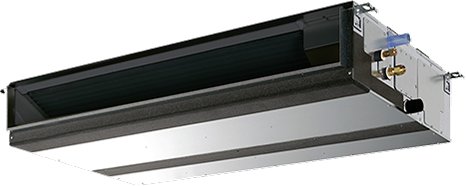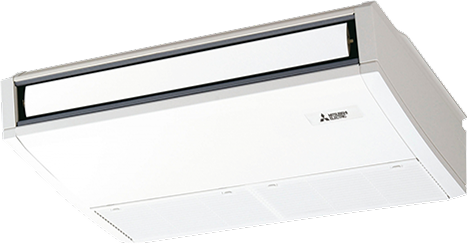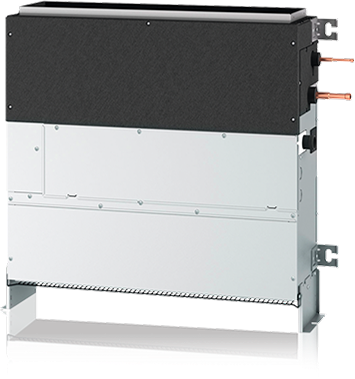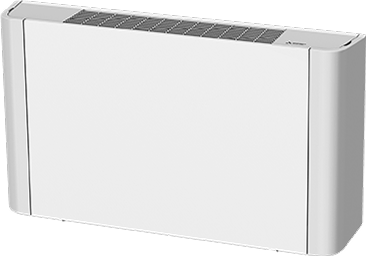The new YNW generation also reduces the size of certain modules (capacities 300, 400, and 450), achieving up to 29% less footprint. This reduction makes the City Multi range the most compact on the market, allowing greater flexibility for installation on increasingly smaller roofs or technical floors.
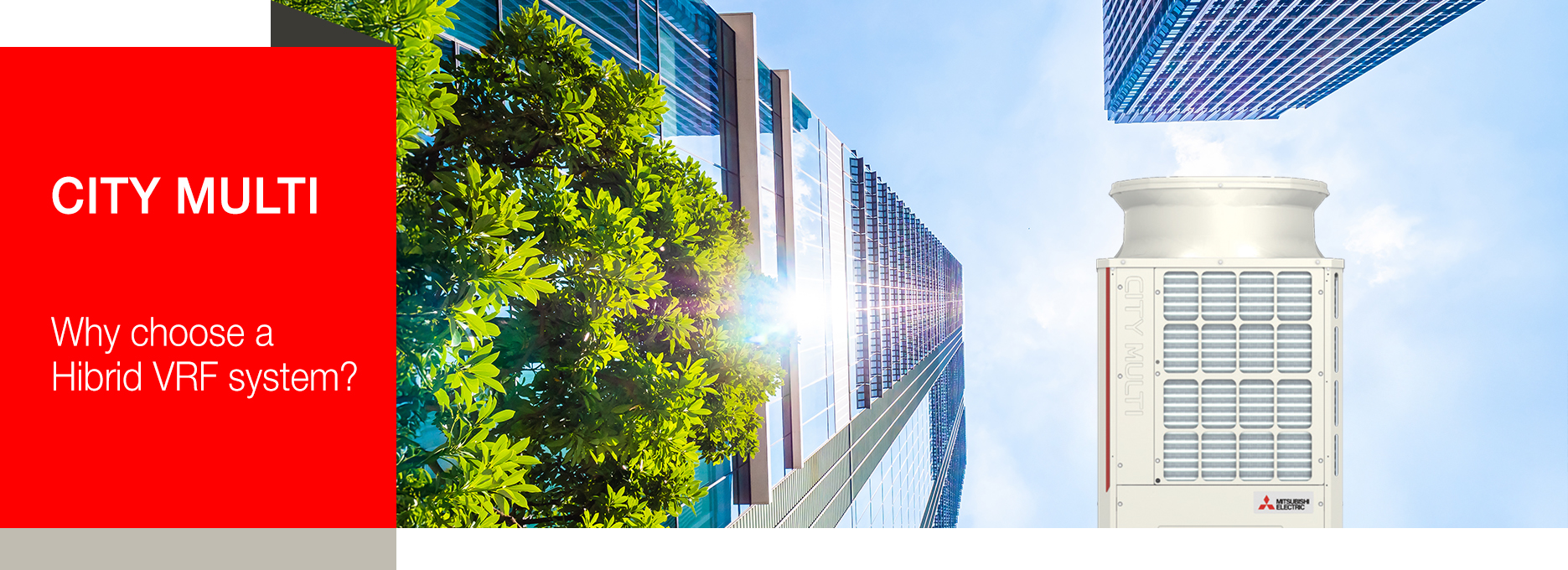

Impressive efficiency

Heating

Cooling

Flexibility and easy installation

Reduced amount
of refrigerant

Low carbon emissions
What are HVRF systems?
Hybrid VRF technology has been specifically developed to meet all the efficiency and comfort requirements of modern building design. Complete heating and cooling installations can be realized within a single system, based on renewable energy sources.
The innovative system stands out for its high energy efficiency, individual comfort in every space, and very low costs for design, installation, and maintenance. It operates with a reduced amount of refrigerant and is optimally engineered to meet the increasing demands of the future. A true evolution in air conditioning, combining the best of both worlds.
In Hybrid VRF technology, the refrigerant is used only from the outdoor unit to the central refrigerant distributor. From there, energy is exchanged with water and transported to the conditioned spaces. This approach allows for projects where refrigerant piping is undesirable within the occupied areas. The use of R32 refrigerant with a low GWP supports corporate sustainability goals, as well as the long-term value of the building and its equipment.
Hybrid VRF systems can be controlled using the full range of Mitsubishi Electric control options – offering intuitive operation via buttons, touchscreen, or Windows interface, either locally or through multiple interfaces, including system controllers for centralized management and monitoring of entire buildings and complexes. Intelligent control ensures efficient energy management and maximum cost transparency.
Schools and universities require an energy-efficient and easily controllable climate system to manage overheating from solar gain and to provide a comfortable learning environment.
The Hybrid VRF system delivers stable temperature control within occupied spaces without the presence of refrigerant, significantly simplifying compliance with BS EN 378 and eliminating the need for costly leak detection systems.
The removal of refrigerant from occupied spaces makes Hybrid VRF an ideal solution for healthcare facilities, providing reliable temperature control and optimal comfort for patients and medical staff.
Thanks to its flexible design, Hybrid VRF is also an ideal system for office spaces. Its decentralized architecture allows for phased installation and easy reconfiguration in response to changes in interior layouts.
At the heart of the Hybrid VRF system lies the Hybrid Branch Controller (HBC). Each HBC can be expanded using subordinate modules (Sub HBC), supporting up to 50 indoor units. Mitsubishi Electric offers a wide range of indoor units, tailored to the interior requirements of each specific commercial space.
Hybrid VRF is an ideal solution for modern, highly insulated high-rise buildings, combining the comfort of a chiller with the flexibility and efficiency of VRF systems. By using R32 refrigerant with a low GWP, owners and investors can meet their ESG/CSR objectives and ensure the long-term sustainability of their buildings.
How do Hybrid VRF systems work?
1
City Multi HVRF
City Multi Hybrid VRF is a two-pipe heat recovery system in which water circulates between the indoor units and the Hybrid Branch Controller (HBC), while refrigerant circulates between the outdoor unit and the HBC. The system is designed and installed like a standard VRF, but provides all the advantages of a water-cooled chiller system.
2
Extremely energy-efficient
The water system between the Hybrid Branch Controller (HBC), the Hydro Unit, and the indoor units provides a high level of comfort while maintaining excellent energy efficiency. This is made possible thanks to state-of-the-art inverter compressor technology, large aluminum microchannel heat exchangers, and the sequential development of all system components aimed at achieving high seasonal energy efficiency.
3
No refrigerant in the building
In Hybrid VRF technology, the refrigerant is used only between the outdoor unit and the central refrigerant distributor. From there, energy is transferred to water, which then carries it to the indoor spaces for air conditioning.
4
Comfor
The water in the internal loop of Hybrid VRF systems ensures gentle air temperatures and exceptionally quiet operation of the indoor units, providing greater comfort in every space.
Hybrid vrf Y Series
The Y Series combines the advantages of direct-expansion VRF systems with those of a water-based system—without the need for freeze protection in the water loop, hydraulic balancing, or planning highly complex system configurations.
The Hydro Unit is the key system component that connects the City Multi outdoor unit to the water system for the indoor units. Its integrated plate heat exchanger transfers energy between the refrigerant and the water.
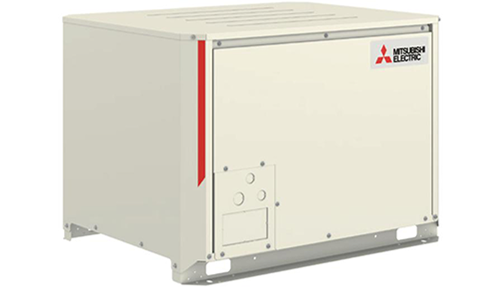
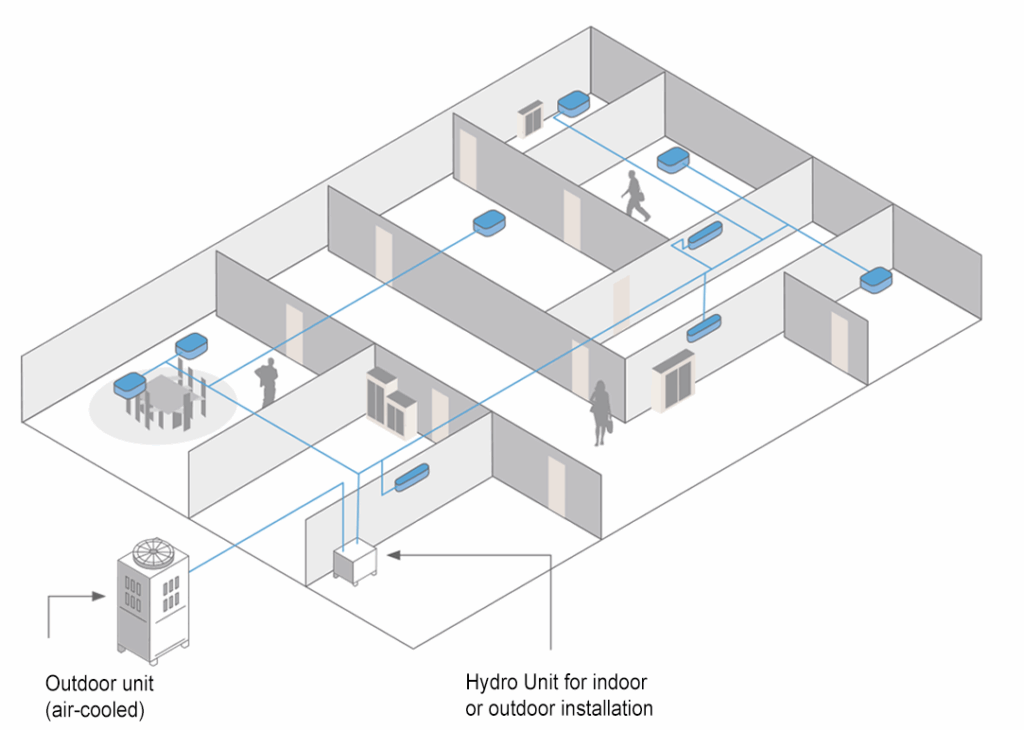
The Hybrid BC Controller, the heart of the Hybrid VRF R2 system
In the Hybrid VRF R2 series, the Hybrid BC controller connects the outdoor unit to the indoor units and enables heat exchange between the refrigerant in the outdoor loop and the water in the indoor loop.
1
Plate heat exchanger
In the plate heat exchanger, energy is transferred between the refrigerant and the water system. Each Hybrid BC controller contains two sets of plate heat exchangers, supplying the system with hot water in heating mode and chilled water in cooling mode.
2
Pumps
Two inverter-controlled pumps circulate the chilled or heated water to the connected indoor units. Thanks to variable-speed operation, the pumped water flow continuously adapts to the current demand.
2
Valve assembly
The valve assembly is located within the Hybrid BC controller. It ensures that each indoor unit is supplied individually with the required amount of chilled or hot water.
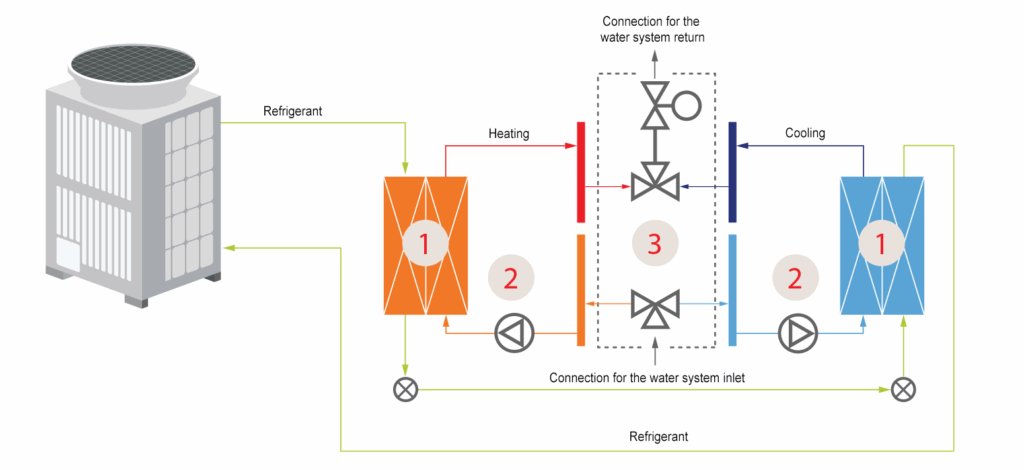
Advantages of Hybrid VRF
- Simultaneous heating and cooling for the R2 HVRF series.
- High energy efficiency with superior comfort.
- Energy-saving heat recovery.
- Low design costs.
- Installed like a standard VRF system, but offers the features of a water-cooled system.
- Communication via M-Net data exchange system.
- Reduced carbon emissions – thanks to the lower amount of refrigerant.
- Lower operating costs.
- Easy compliance with regulatory requirements
- Safety in occupied spaces – no refrigerant in the living areas
- It provides stable temperatures and comfort in the spaces, thanks to precise water-based heat exchange. Hybrid VRF is a modern and sustainable solution for buildings with high requirements for efficiency, safety, and comfort, offering a lower environmental footprint and increased design flexibility.
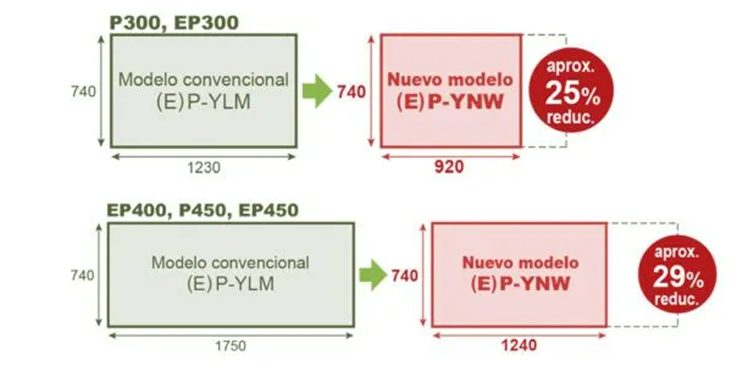
What is the difference between VRF and HVRF?
- VRF uses refrigerant only in all circuits;
- HVRF combines refrigerant and water, with only water circulating in the occupied spaces, which enhances safety and simplifies compliance with regulations (such as BS EN378).
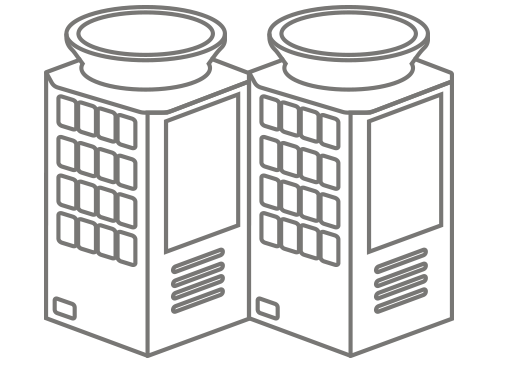
Whdt id a Hybrid HBC Controller?
The Hybrid Branch Controller (HBC) is a key component that enables simultaneous heating and cooling. It is available with 6, 8, or 16 outlets, depending on project requirements. All valves, pumps, and the heat exchanger are integrated into the main HBC unit, allowing for staged and controlled installation.
Product line
Ceiling-suspended exposed units
Floor-standing exposed units
блог статии, които може да харесате
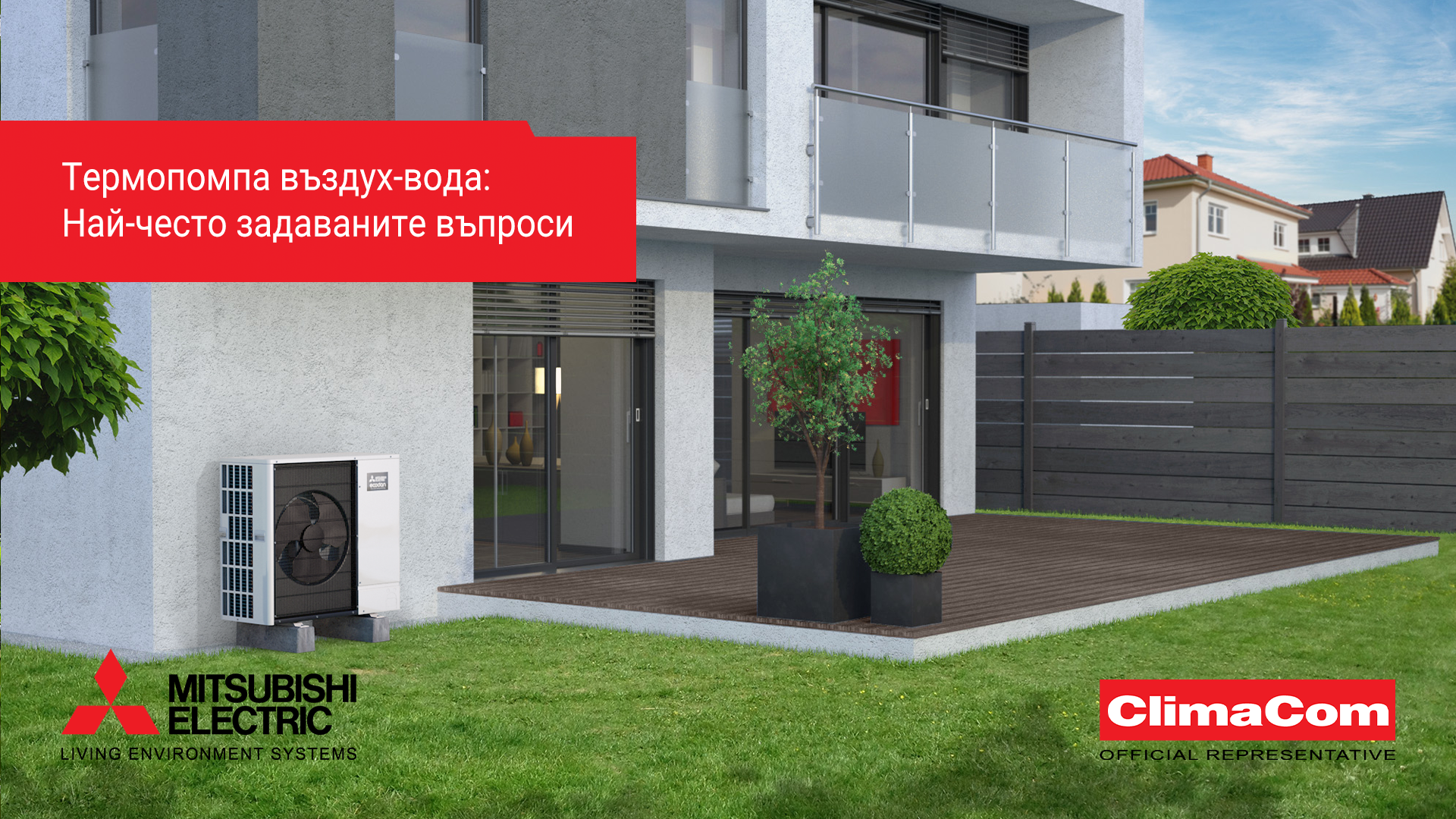
Термопомпа въздух-вода: Най-често задаваните въпроси
06.08.2025
Термопомпите въздух-вода неслучайно се смятат за бъдещето на устойчивото отопление – но това далеч не е единствената причина все повече хора да ги избират. Само...
